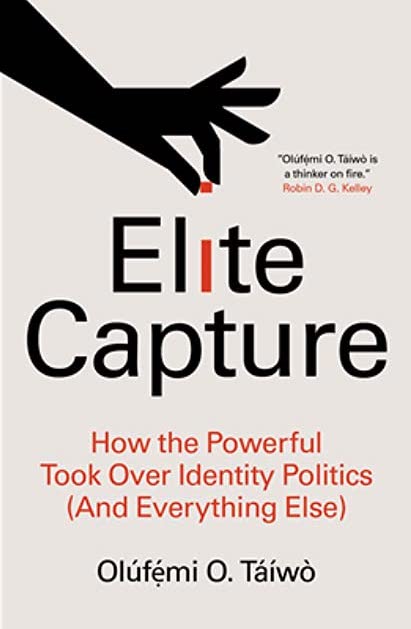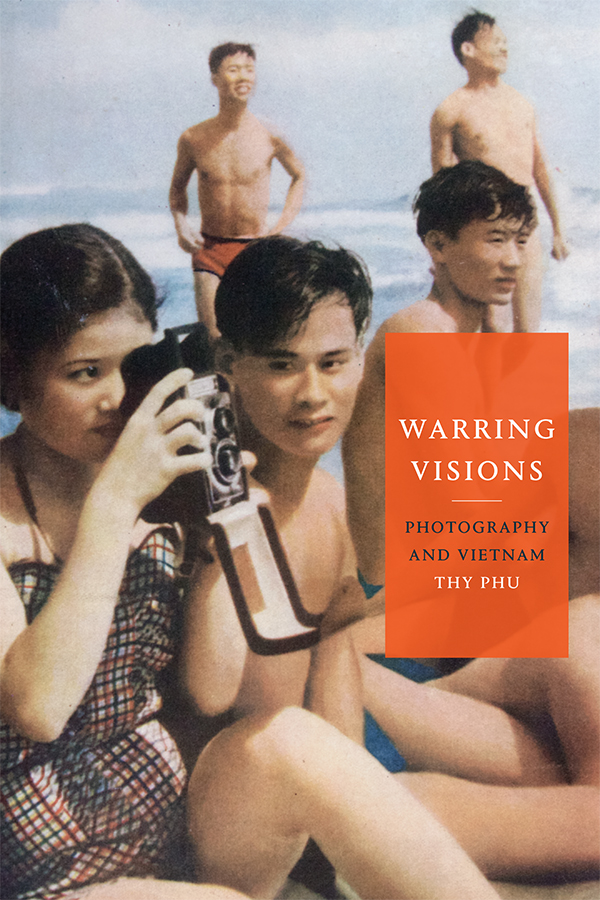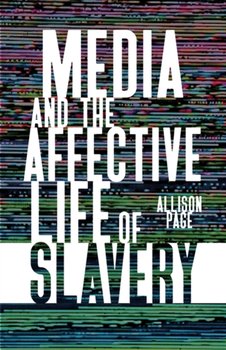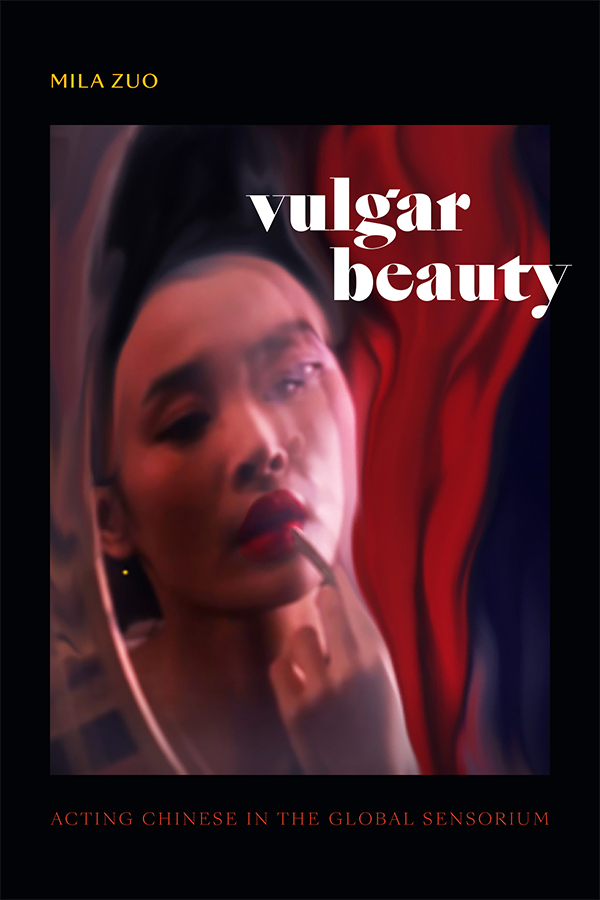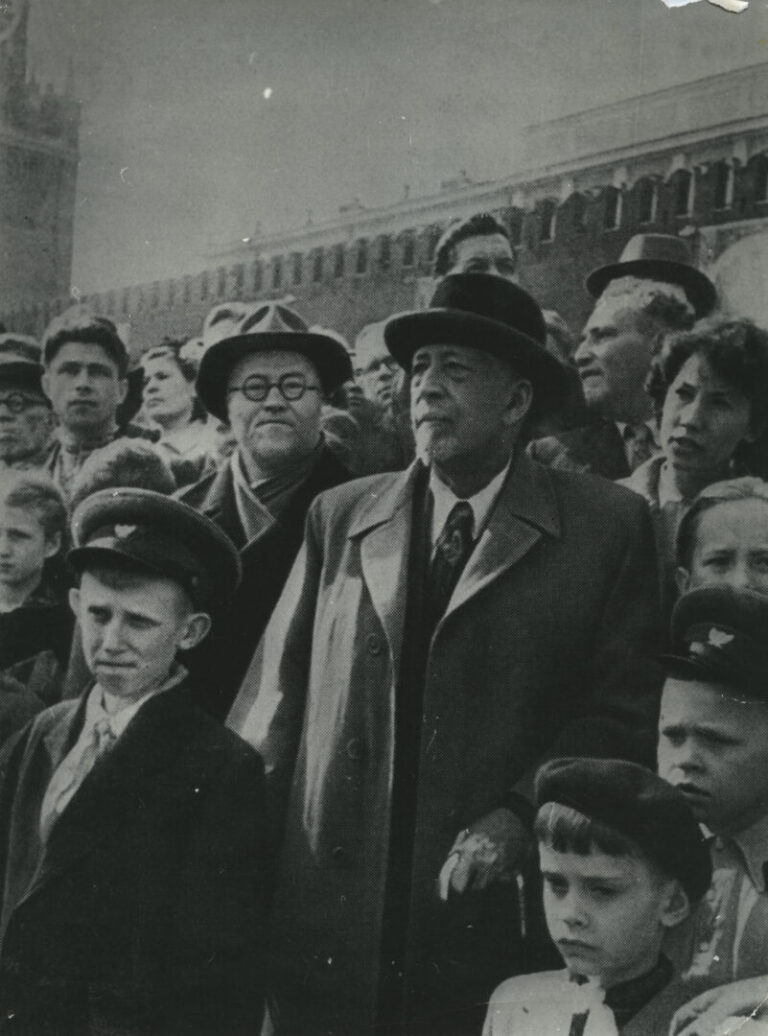Andrew Culp and Cultural Studies Association’s New Media and Digital Cultures Working Group Co-Chair Claudia Skinner take a look into Adi Kuntsman and Esperanza Miyake’s new book Paradoxes of Digital Disengagement: In Search of the Opt-Out Button, published by University of Westminster Press (2022). This podcast is accompanied by a scholarly commentary by Tero Karppi.
Issues
Review of The Breaks: An Essay by Julietta Singh (Coffee House Press)
Julietta Singh uses an epistolary tradition to meditate on pressing challenges in the contemporary moment. She fixates on a resounding theme: how must we break from existing systems to truly center the most vulnerable in our institutions and epistemologies? In a long-form letter to her six-year-old daughter, Singh reflects on queer life and architecture, family trauma, radicalization, and collective mobilization.
Review of Elite Capture: How the Powerful Took Over Identity Politics (And Everything Else) by Olúfẹmi O. Táíwò (Haymarket Books / Pluto Press)
The discourse surrounding identity politics has become fraught with misunderstanding and co-optation by forces across the political spectrum. What was once a radical discourse initiated by the queer, Black, and Indigenous feminists of the Combahee River Collective has become a movement defined by incapacity, stigmatization, and misinterpretation. Olúfẹ́mi O. Táíwò sets out to clarify the nature of the identity politics movement and its relationship to the powerful institutions and individuals which have misappropriated the original radicalism of this idea to serve their own political gains. Through a materialist and narrative approach to identity politics and social critique, Táíwò argues that the problem is not with identity politics as such, but a specific power called “elite capture,” which stifles the potential latent in identity politics and genuine leftist social organizing. He concludes that, rather than deferring responsibility and accepting symbolic gestures of empty representation, we must begin to construct a new politics and a new house altogether.
Review of Spectacle and Diversity: Transnational Media and Global Culture by Lee Artz (Routledge)
Lee Artz’s Spectacle and Diversity: Transnational Media and Global Culture brings to our attention the ways transnational media has created representations of global culture. By analyzing examples of nations with transnational media networks he acknowledges how each nation’s media culture has become a reflection of transnational ideals. Artz critiques the transnational ideals that benefit elites and the careful fusing of the themes such as self-interest, social mobility, and individual successes into media to maintain the status quo. The book concludes with a plea for a non-capitalist international movement to bring forth a new media wave, which might benefit the interests of humanity.
Review of Warring Visions: Photography and Vietnam by Thy Phu (Duke University Press)
Thy Phu’s Warring Visions: Photography and Vietnam draws on archives of the Vietnam War that center Vietnamese perspectives to complicate the historical and contemporary visual representation of Vietnamese identities that have been filtered through the Western narrative of the Vietnam War. Her book emphasizes the significance of typically denigrated visual materials including propaganda and vernacular photographs. She focuses on the complex deployment and reception of photographic objects as politicized symbols, sources of memorialization, and identity formation.
Review of Media and the Affective Life of Slavery by Allison Page (University of Minnesota Press)
In Media and the Affective Life of Slavery, Allison Page interrogates how media culture from the 1960s to the present has mobilized the legacy of slavery for affective governance, or “the production and management of affect and emotion to align with governing rationalities” (6). Throughout the book, Page’s analysis succeeds in providing a rich mapping of the converging interests of state actors, media producers, educational organizations, and other stakeholders as they narrate their own desire to manage emotions in the wake of the civil rights movement and to maintain white supremacist order.
Review of Making Livable Worlds: Afro-Puerto Rican Women Building Environmental Justice by Hilda Lloréns (University of Washington Press)
This review examines Hilda Lloréns’s research into the role that Afro-Puerto Rican women play in advocating for environmental justice and building a sustainable environment in the Puerto Rican archipelago, particularly after the devastation left behind by Hurricanes Irma and Maria in 2017, and the subsequent catastrophic effects of COVID-19 in 2020. Lloréns shows that Afro-Puerto Rican women are able to survive in the face of racial and ecological discriminations and marginalizations, and their survival is emblematic of Puerto Rico’s own survival. The author devotes the entirety of her book to show that as an “ethnographer of home,” as she calls herself, it is essential for people to create livable worlds within which they can survive. Survival in the midst of catastrophic climate change is difficult, Lloréns argues, primarily because Puerto Ricans are often on the receiving end of austerity measures that make their existence tenuous, at best. These austerity measures typically come after a climatic event, and result in limited access to clean water, food, electricity, healthcare, housing, and education, which only serve to exacerbate the desperation that many on the island feel. While this desperation was widespread across the island after the hurricanes in 2017, residents in the southeastern region of the island (predominantly Afro-Puerto Ricans) were even more affected. Lloréns shows how these people used their limited resources to cull an existence out of a seemingly hostile land and create a community that sustained them. Lloréns draws on personal experiences, the experiences of her family, ethnography, anthropology, and interviews to show how vital it is to examine Puerto Rico not as a homogenous space but rather as a heterogeneous one with its unique complexities. And by centering the work and experiences of Black Puerto Ricans, Lloréns gives voice to a group that is largely left on the margins of society, but who demonstrates the importance of building community as a sustaining entity.
Review of Vulgar Beauty: Acting Chinese in the Global Sensorium by Mila Zuo (Duke University Press)
In Vulgar Beauty: Acting Chinese in the Global Sensorium, Mila Zuo examines how female Chinese actors perform “vulgar beauty” as a way of “worlding” to create community and belonging through affective shocks, and specifically, to produce feelings of Chineseness. By using the sense of taste, and specifically the flavors bitter, salty, pungent, sweet, and sour, as a framework, Zuo delves into close readings of television and cinematic case studies to look at the different ways vulgar beauty is deployed by these actors. In its analysis, this book offers a reconceptualization of feminine beauty outside of white western dictates and suggests that (vulgar) beauty can be utilized as a potentially disruptive and transformative force, specifically in destabilizing racial and patriarchal power structures.
Review of Fates of the Performative: From the Linguistic Turn to the New Materialism by Jeffrey T. Nealon (University of Minnesota Press)
Jeffrey T. Nealon’s Fates of the Performative: From the Linguistic Turn to the New Materialism crafts a history of performativity within contemporary theoretical thought. Through the structure of a genealogy, Nealon examines the nascence of performativity and its intersection with biopolitics and neoliberalism to predict not only the future of the performative, but also to imagine new avenues of criticism within the humanities.
Editors’ Introduction
In this introduction, the editors continue their reflections on scholarly editing in the pandemic, welcome two new co-editors, and announce a grant-funded initiative that builds on Lateral Forums. This issue features three regular articles, book reviews, and the first installment of a special section, “Crip Pandemic Life: A Tapestry,” which builds on the “Cripistemologies of Crisis” special section, edited by Theodora Danylevich and Aly Patsavas, last year.
Watchmen, Copaganda, and Abolition Futurities in US Television
Through this article, we examine the history and conventions of copaganda in the United States, and critically consider how HBO’s Watchmen has responded to and represented the historical relationship between policing and white supremacy. We argue that while Watchmen works to explicitly critique the history of white supremacist violence in US policing, the show reproduces several copaganda conventions. Watchmen depicts central law enforcement characters who commit violence as heroes, uplifts the main police character as an eventually almighty arbiter of justice, portrays white supremacist law enforcement characters as anomalous individual infiltrators (a.k.a. “bad apples”), and was created in collaboration with various members of law enforcement. After presenting this case study in contemporary copaganda, we consider how science fiction series can more meaningfully respond to the movement for police and prison abolition through representing abolitionist futures.
“Revolution of Thought and Action”: W. E. B. Du Bois’s World Search for Abolition Democracy
In recent years, scholars and activists have brought renewed attention to W. E. B. Du Bois’s concept of abolition democracy. Initially coined in Black Reconstruction (1935), to describe both a political movement and a democratic ideal, abolition democracy has been taken up theoretically by Angela Davis, Allegra McLeod, and others to describe the ongoing process of dismantling global capitalism’s political, racial, gender, and economic hierarchies, alongside the simultaneous creation of reconstructed social relations, institutions, and practices governed by universal democratic participation, instead of by force. This article suggests that Du Bois continues to draw on abolition democracy as a conceptual framework in his post-Black Reconstruction work. Tracing the outlines of this framework in his unpublished manuscript A World Search for Democracy, I demonstrate how for Du Bois, the question of democracy remains fundamentally tied to the ongoing legacies of slavery. As he continues to draw on the Reconstruction era as an historical example, Du Bois gives further shape to the idea of abolition as a process in the present (rather than an event in the past). In doing so, he recuperates the unfulfilled promise of abolition democracy as a theoretical and practical model for considering alternatives modes of citizenship beyond the material, ideal, and embodied limits of liberal bourgeois democracy. Accordingly, I argue, in World Search, we can see the outlines of abolition democracy as a three-fold project: political-economic, epistemic, and affective. Each section of this article sheds light on one of these dimensions, drawing on theoretical models from Nancy Fraser, Sylvia Wynter, Sara Ahmed, and Dylan Rodríguez. By thus abstracting the concept of abolition democracy further from the historical movement analyzed in Black Reconstruction, I propose that Du Bois’s World Search offers lessons that can inform abolitionist theory and praxis today.
“Companionship and a Little Fun”: Investigating Working Women’s Leisure Aboard a Hudson River Steamboat, July 1919
This article provides an in-depth consideration of a single report penned on the night of July 27, 1919 by a private detective employed by New York City’s Committee of Fourteen (1905–1932), an influential anti-vice and police reform organization. A close reading of the undercover sleuth’s account, which details his experiences, subjective judgments, and general observations regarding moral and social conditions while aboard the Benjamin B. Odell, a palatial Hudson River steamboat, enables us to enrich our grasp of the courtship and pleasure-seeking practices popular among working women and men active in New York City’s heterosocial and largely segregated amusement landscape during the so-called “Red Summer.” Specifically, the report reveals how wage-earning women articulated femininity and sought individual freedoms, companionship, pleasure, and romance via Hudson River steamboat excursions. The relatively unsupervised atmosphere of such trips was appealing to some working women because it represented an affordable way to attain companionship, prohibited forms of amusement and entertainment, and sexual gratification, a way that sidestepped many of the reputational hazards typically associated with the search for such goods among mainland leisure spaces. Such opportunities were particularly valuable given the crackdowns on public sexuality and late-night amusement spaces that had followed America’s entry into World War I in 1917 and the advent of “wartime prohibition” on July 1, 1919. The article also supplies important contextual information required for proper appreciation of the investigation report in question, including a discussion of the methods and goals of the Committee of Fourteen and a brief overview of prior efforts by Progressive Era urban moral authorities to uncover and control “white slavery,” gambling, and other “vices” witnessed aboard steamboat excursions operating in and around New York, Chicago, and other coastal cities.
Introduction: Crip Pandemic Life: A Tapestry
“Crip Pandemic Life: A Tapestry” takes up a thread from disability justice writer, educator, and organizer Mia Mingus to assemble an archive that “leaves evidence” and captures experience emergent from crip lives and life in the pandemic. The need to gather, hold space for, and preserve evidence—of our angers, our fears, our griefs, our joys, our pleasures, our communities, and our lives—has, for many of us, never felt more urgent. In this editorial introduction to the first installment of the special section of Lateral, “Crip Pandemic Life: A Tapestry,” we narrate project origins in response to pervasive and obfuscating crisis rhetorics, feelings of indignation, and a desire to gather and preserve evidence of crip life and crip knowledge from within the context of the pandemic. “Crip Pandemic Life: A Tapestry” offers a unique digital archive that brings together creative and scholarly reflections to document the experiences of disabled people during the COVID-19 pandemic. The collection includes a multimodal introductory roundtable; multimedia projects; digital renditions of sculptures, masks, fiber arts, and zines; critical interrogations of pandemic politics and policies; and theorizations of crip sociality. This editorial introduction is our brief overview and invitation for readers to travel through spacetimes, bear witness to, and be cared for by this tapestry, archive, collection.
Crip Pandemic Conversation: Textures, Tools, and Recipes
“Crip Pandemic Conversation: Textures, Tools, and Recipes,” brings together experts whose scholarship, curation, organizing and artistic work centers crip insights and creativity to reflect on the work that “Crip Pandemic Life: A Tapestry” undertakes. Margaret Fink, Aimi Hamraie, Mimi Khúc, and Sandie Yi each discuss how the pandemic impacted their work, and they join section co-editors Alyson Patsavas and Theodora Danylevich in discussing the tapestry’s content. Their conversation pulls out some of the most salient threads of the work: smallness, grief, care, community-building, tenderness, and pandemic coping tools. “Crip Pandemic Conversation: Textures, Tools, and Recipes” includes an unedited video recording of a Zoom roundtable session, a lightly edited text version of the conversation, and a glossary of terms that appear in the discussion, as a contextualizing access tool located at the bottom of the document. In choosing a preferred way of engaging with the content, we invite readers to consider, as the roundtable participants themselves do, how access (transcripts, zoom recordings, and captions) produces its own caring archive and knowledge-making practices.


